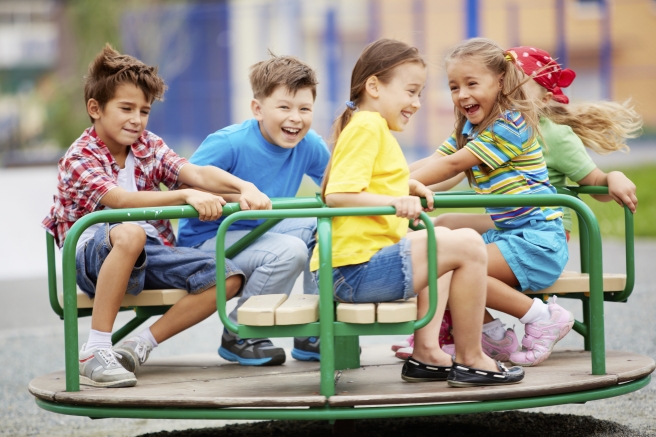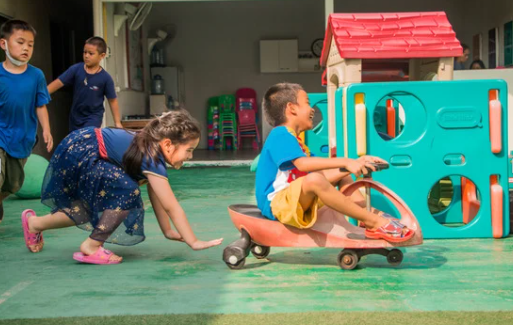Prioritizing Recess as a Space to Connect and Heal

Prioritizing Recess as a Space to Connect and Heal
Amid concerns about managing the logistics of sanitizing equipment and ensuring social distancing, it might be tempting to consider recess as a low priority and reduce or cancel it. From the students’ perspective, however, recess is a critically important social space. And right now, after months of isolation, stress and uncertainty, students will need this space more than ever – far more than they need the opportunity to catch up with schoolwork.
As we create an environment to welcome children back to school, we must focus not only on mitigating the spread of the virus, but also on reconnecting and healing. While recess is often a delightful space for students, there are many who struggle and experience social exclusion, harm and rejection. They need educators to ensure recess is a supportive, safe and inclusive space. We have an unprecedented opportunity to do recess differently – in a way that will be beneficial both now and in the future.
Why do it differently?
Social relationships and friendships provide a context for creative play, physical activity, emotional support, enjoyment, and the development of social identities — all of which contribute to overall well-being. We now know that what happens at recess will invariably shape what happens in the classroom – for better or worse.
Historically, schools focused primarily on instruction and learning, with little attention given to the social and emotional needs of students. A low-priority approach to recess has resulted in minimal levels of planning, supervision, training, equipment, space and accountability. This approach has contributed to feelings of boredom, frustration, anxiety, social conflict, behavioural challenges and safety concerns. Bullying, exclusion and rejection have become routine and normalized behaviours at recess – behaviors that undermine many children’s attempts at play and positive social connection.

Who’s responsible for recess?
When I work with educators and administrators, many are often unaware that a safe and healthy recess is a fundamental right for children. Of the 54 rights laid out in the United Nations Convention of the Rights of the Child (UNCRC), one of the most overlooked and unprotected is Article 31, “the right to rest and leisure, to engage in play and recreational activities appropriate to the age of the child.”
What this means, specifically, is that schools – educators and administrators – are not exempt from protecting and promoting children’s right to play, rest and leisure. Canada is a ratified member of the UNCRC, which means we have a responsibility to ensure the recess environment is inclusive, fully accessible, secure from the effects of social harm and appropriate for all genders, ages, stages and abilities.
As we return to school during the COVID-19 pandemic, one of the likely scenarios will be student cohorts. This structure will minimize the spread of the virus, but it will also benefit recess, as cohorts will be smaller with improvements to planning and involvement of teachers. This should lead to recess that is much more manageable, inclusive and enjoyable – which will benefit class climate when returning to learning and instruction time.
Finally, one of the most important things I’ve learned about this space: engage students in your planning and organizing of recess. Have conversations in class about what they’d like and what they’d like to do differently than before – and be sure to provide an anonymous forum (dropbox, survey) for comments and suggestions, as students often fear discussing social issues in front of their peers. Engage them in setting expectations and rules for health and safety. Discuss and create leadership opportunities for students to help support each other, manage equipment and to model inclusive and compassionate behaviors. The ownership and opportunity to have a voice will go a long way in creating a safe and inclusive social climate.
On the PHE Canada website, you will find several resources that have been developed to help you plan and organize recess during this unprecedented time - and beyond. Additionally, you can view the webinar But What About Recess? Planning Safe and Effective Recess in the Time of COVID-19.








